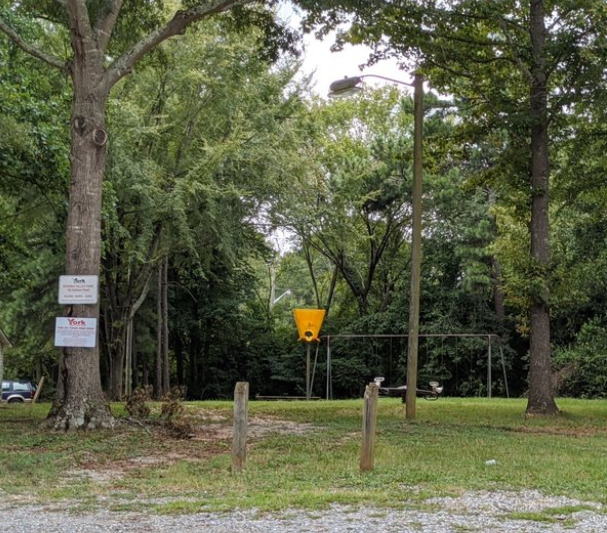This year, as autumn leaves begin to fall, marks 67 years since a small, unassuming dog named Laika etched her name into the annals of space history. Launched aboard the Soviet Union’s Sputnik 2 on November 3, 1957, Laika became the first living creature to orbit the Earth, a poignant and controversial milestone in humanity’s quest for space exploration.
Born Kudryavka, meaning “curly” in Russian, this three-year-old stray, a mix of Husky and Terrier, roamed the harsh streets of Moscow. Her calm demeanor and ability to tolerate confined spaces made her an ideal, if tragic, candidate for the Soviet space program. Unlike her human counterparts, Laika was not offered a choice. She was chosen not for scientific discovery in the purest sense, but as a sacrifice, a living test subject to gather crucial data on how a living organism would fare in the unforgiving environment of space.
Sputnik 2 was equipped with a life-support system, providing food, water, and insulation. However, from its inception, the mission design notoriously lacked a mechanism for Laika’s safe return. Her journey was a one-way trip, a grim reality that has haunted the memory of her flight for decades.
The precise duration of Laika’s survival in orbit remains a subject of debate. Early Soviet reports claimed she lived for several days. However, more recent revelations and declassified information suggest a far shorter, and more distressing, reality. Some accounts indicate she may have succumbed to overheating and stress within hours of launch, possibly due to a malfunction in the thermal control system. Regardless of the exact timeframe, her final hours were spent in an isolated, weightless environment, a silent voyager orbiting above a planet unaware of her individual plight.
Laika circled the Earth an estimated 2,570 times. Her metallic coffin, the Sputnik 2 capsule, continued its silent orbit until April 14, 1958, when it reentered the Earth’s atmosphere, burning up upon descent. There was no rescue, no triumphant return, only the final, fiery embrace of gravity.
Laika never volunteered for her role. She was a simple dog who, like any other, yearned for warmth, affection, and the simple comforts of life. Instead, she became a reluctant pioneer, a tool in the escalating Space Race between the United States and the Soviet Union. Her story is a powerful reminder that not all scientific advancements are unblemished by ethical complexities. While her mission provided invaluable data that contributed to the eventual safe return of human cosmonauts, it came at a significant moral cost.
Today, 67 years on, Laika’s legacy continues to resonate. Her name is synonymous with both triumph and tragedy, a stark reminder of the sacrifices made in the pursuit of knowledge. Her story serves as a solemn vow: never again should the lives of innocent creatures be so readily expendable in the name of progress. Laika, the little stray from Moscow, is not forgotten. Her quiet suffering paved the way for human exploration, and her memory stands as a powerful testament to the ethical considerations that must always accompany scientific ambition.
Sign up for our Sunday Spectator. Delivered to your inbox every Sunday, with all the news from the week.



















